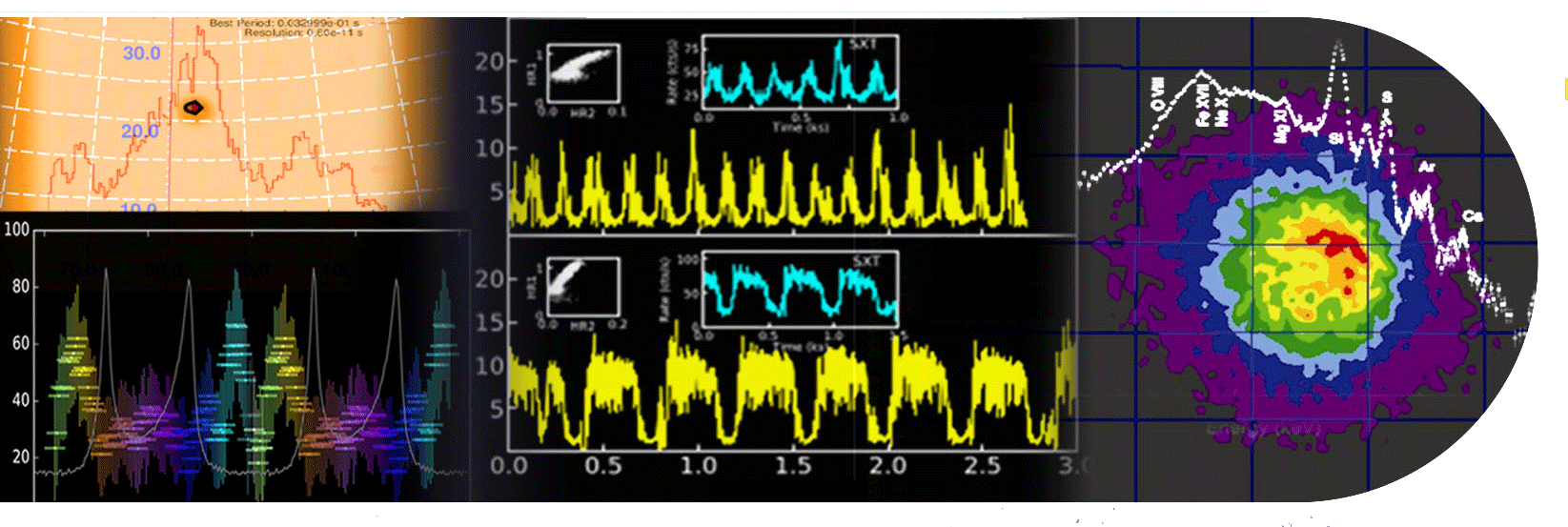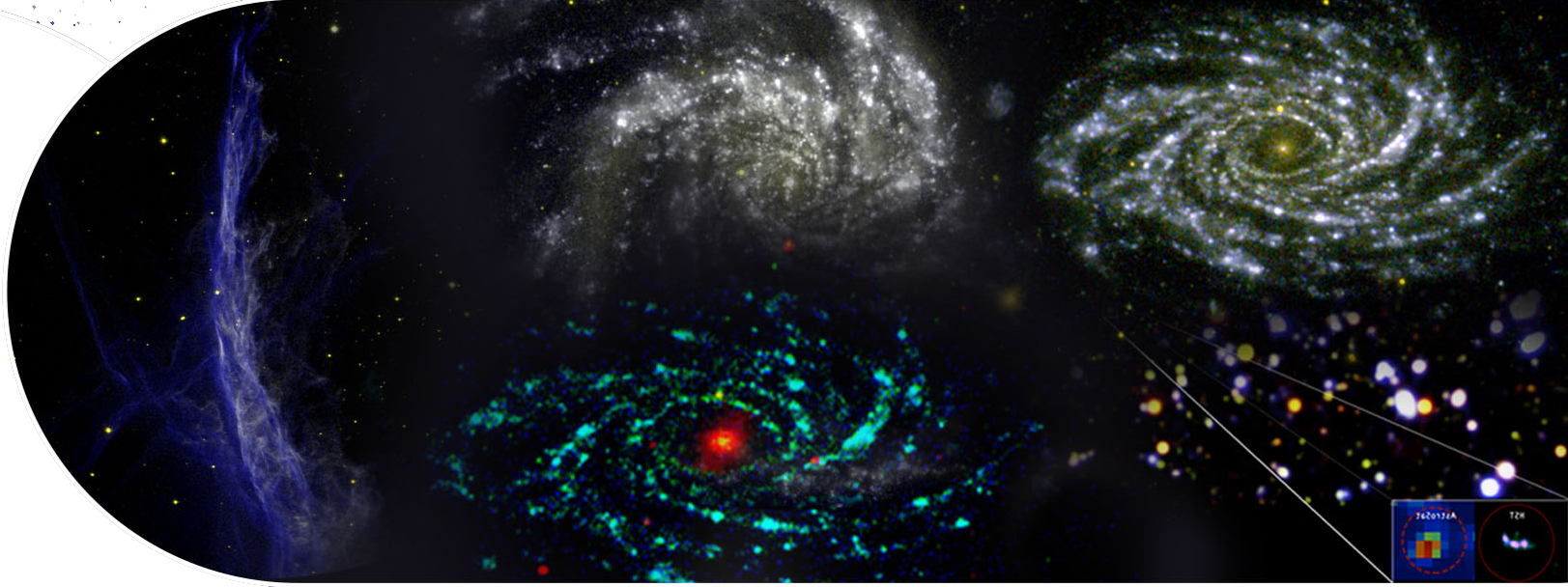

Last updated: Sep 10, 2025
 U R Rao Satellite Centre (URSC) is the lead centre of the Indian Space Research Organisation (ISRO) responsible for design, development, assembly & integration of communication, navigation, remote sensing, scientific and small satellite missions. The specialised teams of scientists, engineers and technicians of URSC have built more than 90 complex & advanced satellites for various applications in areas of telecommunications, television broadcasting, VSAT services, tele-medicine, tele-education, navigation, weather forecasting, disaster warning, search and rescue operations, earth observations, natural resource management, scientific and space science etc. With the objective of taking the benefits of space technology to the length & breadth of the society, URSC is actively involved in creating cost-effective space infrastructure for the country.
U R Rao Satellite Centre (URSC) is the lead centre of the Indian Space Research Organisation (ISRO) responsible for design, development, assembly & integration of communication, navigation, remote sensing, scientific and small satellite missions. The specialised teams of scientists, engineers and technicians of URSC have built more than 90 complex & advanced satellites for various applications in areas of telecommunications, television broadcasting, VSAT services, tele-medicine, tele-education, navigation, weather forecasting, disaster warning, search and rescue operations, earth observations, natural resource management, scientific and space science etc. With the objective of taking the benefits of space technology to the length & breadth of the society, URSC is actively involved in creating cost-effective space infrastructure for the country.
 AstroSat is India's first dedicated Space Astronomy Observatory launched into a 650-km, 6 degree inclination orbit on September 28, 2015, with a lift-off mass of 1515 kg, by PSLV-C30 (XL) rocket from Satish Dhawan Space Centre Sriharikota. AstroSat carries a total of five scientific payloads enabling imaging, studying temporal and spectral properties of galactic and extra-galactic cosmic sources in a wide range of wavelengths on a common platform. The unique feature of this observatory is its capability for carrying out broad band simultaneous multi-wavelength observation going from far ultra violet to gamma rays.
AstroSat is India's first dedicated Space Astronomy Observatory launched into a 650-km, 6 degree inclination orbit on September 28, 2015, with a lift-off mass of 1515 kg, by PSLV-C30 (XL) rocket from Satish Dhawan Space Centre Sriharikota. AstroSat carries a total of five scientific payloads enabling imaging, studying temporal and spectral properties of galactic and extra-galactic cosmic sources in a wide range of wavelengths on a common platform. The unique feature of this observatory is its capability for carrying out broad band simultaneous multi-wavelength observation going from far ultra violet to gamma rays.
ISRO enabled Indian academic institutions Tata Institute of Fundamental Research (TIFR) Mumbai, Indian Institute of Astrophysics (IIA) Bengaluru, Inter University Centre for Astronomy & Astrophysics (IUCAA) Pune, Physical research laboratory (PRL) Ahmedabad, Raman Research Institute Bengaluru to build the payloads on AstroSat.
Ultra Violet Imaging Telescope (UVIT), developed by IIA, consist of two identical telescopes of aperture 380 mm. One telescope covers FUV (130-180 nm) band and the other covers NUV (200-300 nm) and visible band (320-550 nm). The hyperbolic mirrors are super polished. The three detector systems based on photon-counting intensified CMOS imagers, were developed and provided by the collaborators from the Canadian Space Agency.
Large Area X-ray Proportional Counter (LAXPC), developed by TIFR has three identical gas detectors. LAXPC has a total effective area of 8000 cm2.
Cadmium-Zinc-Telluride Imager (CZTI), developed by TIFR works in 20-100 keV. The imaging capability is achieved with coded mask. CZTI also has the capability of making X-ray polarization measurements.
Soft X-ray Telescope (SXT), developed by TIFR, uses X-ray reflecting mirrors and an X-ray CCD for imaging and spectral studies in 0.3-8 keV. The Space Research Centre of the Department of Physics and Astronomy at the University of Leicester, UK, led the development of the Focal Plane Camera assembly containing a thermo-electrically cooled CCD.
Scanning Sky Monitor (SSM) developed by ISRO is an all sky monitor for detecting and monitoring transient sources and for follow-up studies of known X-ray sources in 2.5-10 keV region.
Along with these, AstroSat also has a Charged Particle Monitor (CPM) to detect high-energy particles during the satellite orbital path.
UVIT has the highest angular resolution of 1.5 arc sec which is 3 times better than the next best UV telescope (GALEX-Galaxy evolution explorer) operational today. LAXPC has the highest collecting area in comparison to any other X-ray detector till today. CZTI possesses a unique capability of measuring X-ray polarization and also acts as an open detector beyond 100 keV.
Mission operations centre at ISTRAC Bengaluru manages the task of operating AstroSat, and provides all scientific data to user community through Indian Space Science Data Centre (ISSDC).
The Science analysis support is provided by ISRO-funded AstroSat Science Support Cell at IUCAA. 2025 marks the tenth year of launch and operations of AstroSat.